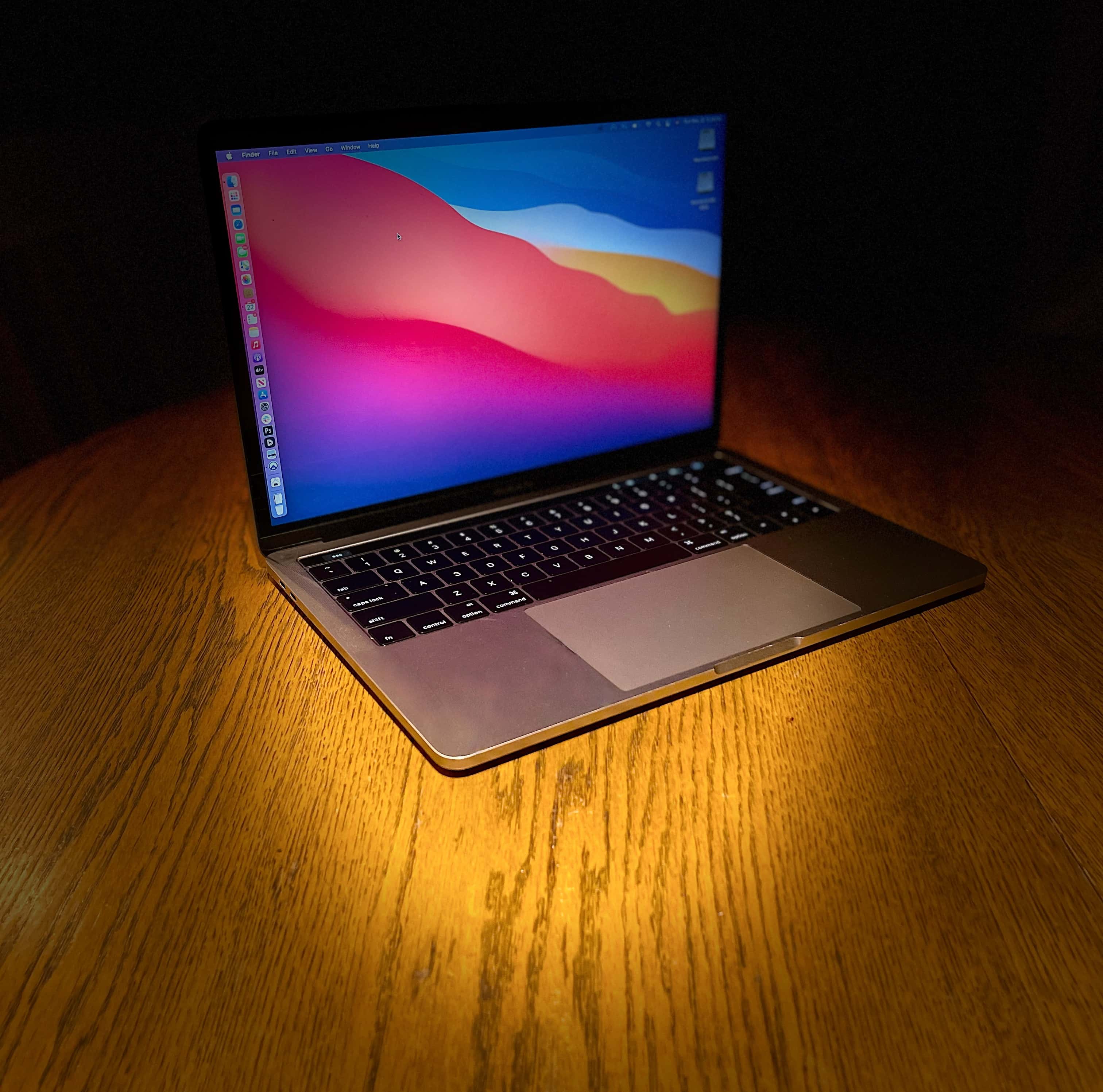
If these fixes are insufficient, you should bring your MacBook Air M1/M2 to the Apple Store or an authorized service provider to diagnose more severe hardware issues. Checking the RAM and CPU usage can help identify applications that use a high amount of power and contribute to overheating, which you can then quit or force quit.  Closing unused browser tabs and applications can help reduce the workload on the CPU, which may result in less heat dissipation. Restarting the MacBook Air M1/M2 can reset hardware drivers and perform other useful functions like resetting RAM. Using a non-Apple-certified charger or power adapter may cause the computer to overheat, so it is essential to use an Apple Branded or Apple Certified power adapter. The ambient temperature around the MacBook Air should remain between 50-95 degrees Fahrenheit (10-35 Celsius) to avoid overheating, and if working in a hot environment, it is better to move inside or wait for the ambient temperature to cool. However, the lack of a fan makes it important to ensure that ventilation gaps are free of obstructions like blankets, pillows, dust, or pet hair. The MacBook Air M1/M2 is a fanless computer that utilizes other methods for cooling. Fix #7: Check Random Access Memory (RAM) Usage and CPU Usage.
Closing unused browser tabs and applications can help reduce the workload on the CPU, which may result in less heat dissipation. Restarting the MacBook Air M1/M2 can reset hardware drivers and perform other useful functions like resetting RAM. Using a non-Apple-certified charger or power adapter may cause the computer to overheat, so it is essential to use an Apple Branded or Apple Certified power adapter. The ambient temperature around the MacBook Air should remain between 50-95 degrees Fahrenheit (10-35 Celsius) to avoid overheating, and if working in a hot environment, it is better to move inside or wait for the ambient temperature to cool. However, the lack of a fan makes it important to ensure that ventilation gaps are free of obstructions like blankets, pillows, dust, or pet hair. The MacBook Air M1/M2 is a fanless computer that utilizes other methods for cooling. Fix #7: Check Random Access Memory (RAM) Usage and CPU Usage.  Fix #3: Ensure You Use an Apple Certified Charger or Power Adapter.
Fix #3: Ensure You Use an Apple Certified Charger or Power Adapter. :quality(90)/article-new/2021/02/intel-m1-slide-3.jpg)
Why is Your M1 or M2 MacBook Air Overheating?.




:quality(90)/article-new/2021/02/intel-m1-slide-3.jpg)




:quality(90)/article-new/2021/02/intel-m1-slide-3.jpg)
